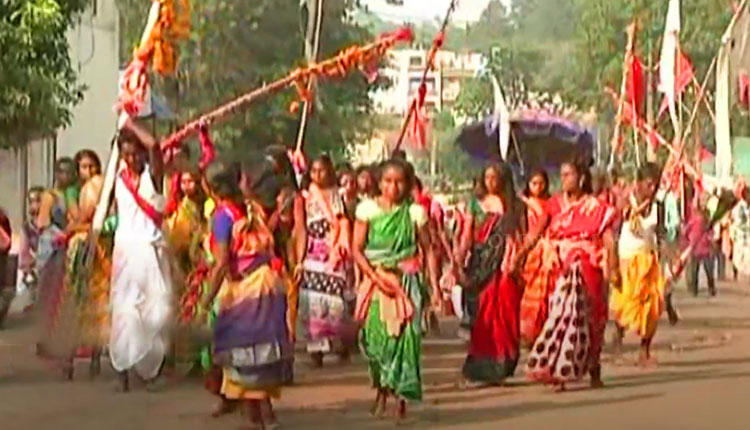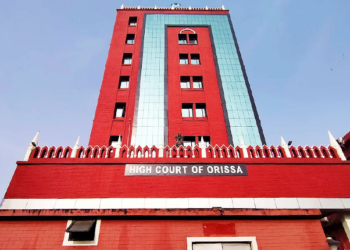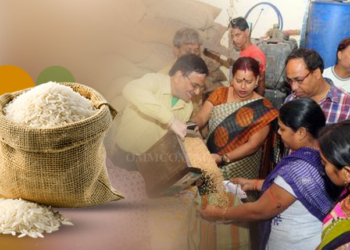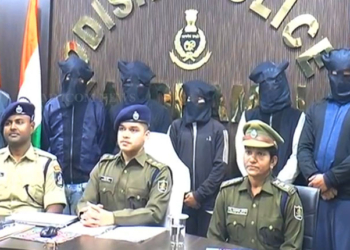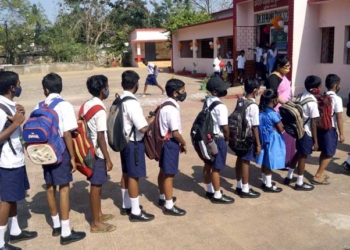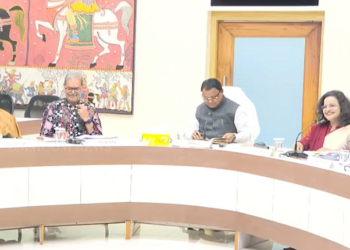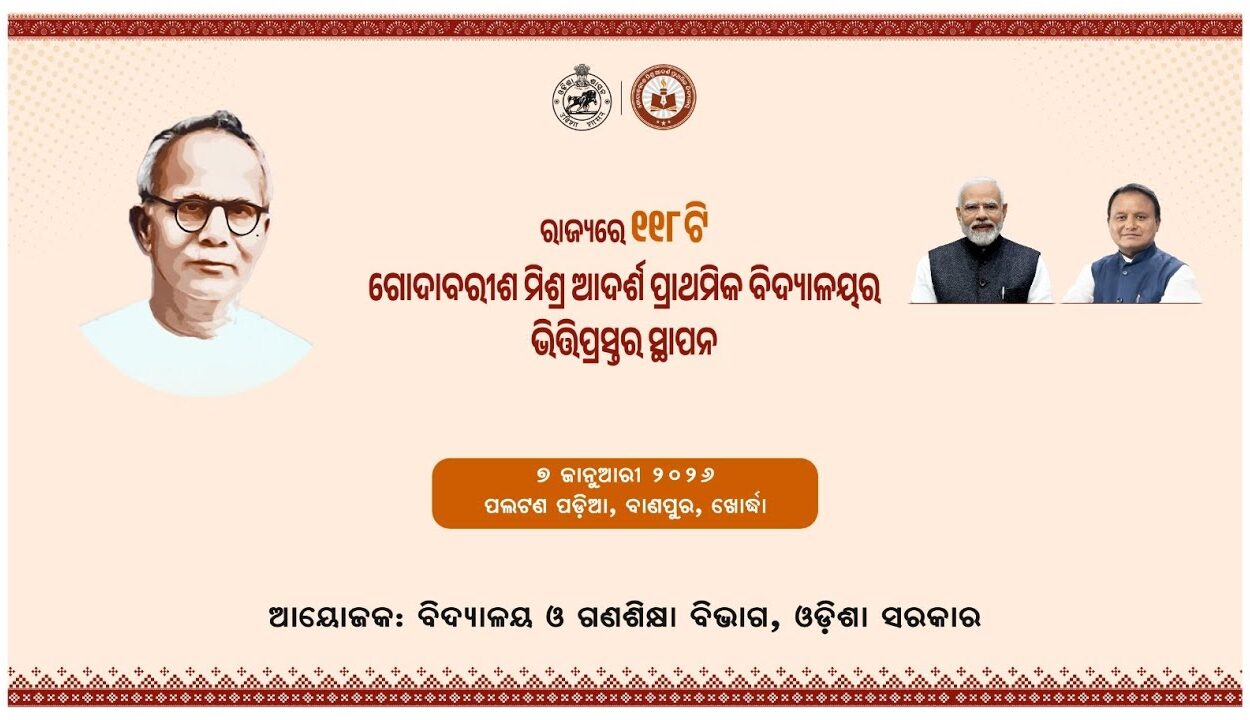Jeypore: The historic Jeypore Dussehra festival is set to regain its cultural vibrancy this year, with more than 60 tribal groups expected to participate in the grand celebrations.
The Jeypore Dussehra Puja Committee, headed by local MLA Tara Prasad Bahinipati, has begun preparations and confirmed that invitations will be extended to tribal communities across Koraput district.
As part of a centuries-old tradition, the participating groups will bring their sacred “Lathi” or bamboo poles to Jeypore during the festival. The ritual, which dates back over 300 years to the erstwhile Jeypore kingdom, sees the sacred bamboo preserved in village altars through the year to ensure prosperity, before being brought to the festival as a mark of devotion.
Once celebrated with royal grandeur, Jeypore Dussehra was a 16-day spectacle that rivalled the famed Mysore Dussehra. During the reign of the Jeypore kings, the festival began with rituals at the Kanaka Durga temple, followed by a majestic procession where the king, clad in regal attire, rode a decorated elephant. Village heads carrying their sacred bamboo joined the procession, culminating at the Dussehra ground with yajnas and ceremonial sacrifices in honour of Goddess Durga.
According to tribal researcher Paresh Rath, the celebrations were not just cultural but also political, with village heads—then both priests and tax collectors—presenting revenue, gifts, and petitions to the king during the festival.
Tribal communities such as the Bhumia, Gadaba, Paraja, Saura, Bhatra, Gond, Didayi, Durua, Kandha, Bonda, and Koya would often walk barefoot for weeks across rugged terrain, carrying palanquins of Goddess Durga and playing traditional instruments.
Following the abolition of the zamindari system, the festival lost much of its former grandeur, and tribal participation declined. However, the sacred bamboo ritual has continued unbroken, serving as a cultural link to the festival’s regal past.
With efforts now underway to revive its traditional spirit, Jeypore Dussehra continues to hold a special place in Odisha’s cultural calendar, keeping alive the bond between the town’s royal heritage and its tribal communities.




